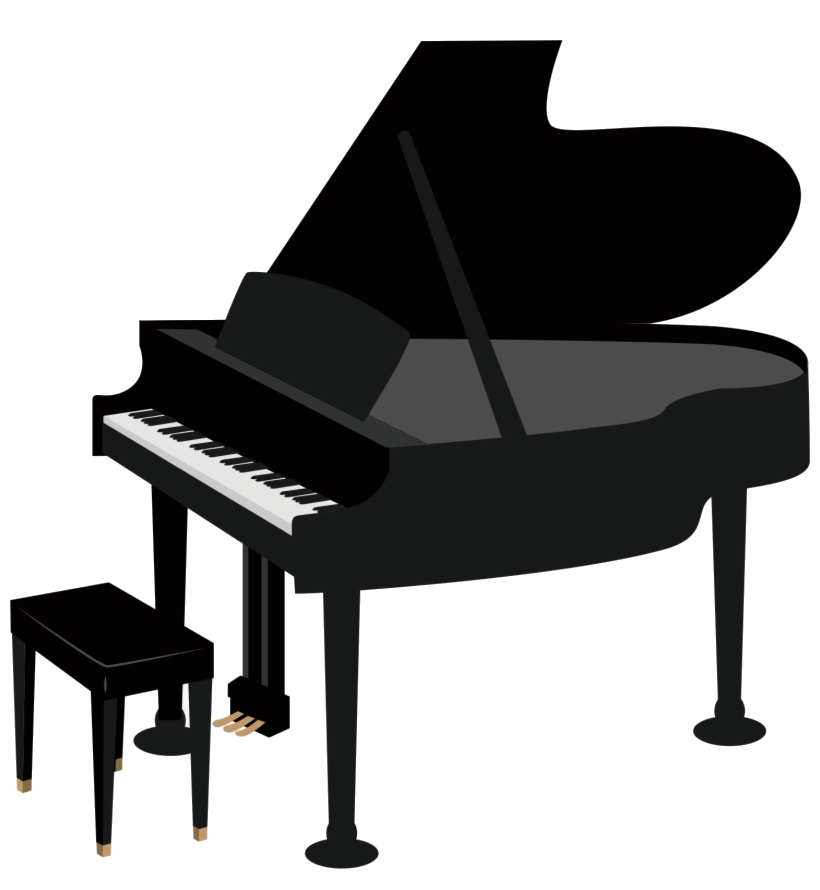
Deutsch-Chinesische Enzyklopädie, 德汉百科
 Musical instrument
Musical instrument




Die Wölbbrettzither Zheng (chin. 筝, zhēng, auch: Dscheng) oder auch Guzheng (chin. 古箏, gǔzhēng, gǔ bedeutet „klassisch“ oder „alt“) ist eines der alten klassischen chinesischen Instrumente. Es besteht aus Saiten, die mit Hilfe von Finger-Plektra gezupft werden, einem Klangkörper aus Holz und beweglichen Stegen. Beim Stimmen des Instruments können die Tonhöhen durch Verschieben der Stege eingestellt werden, ganz anders als bei vielen anderen Instrumenten, bei denen die Stege fixiert sind.
Die Zheng erschien zuerst während der Zeit der Streitenden Reiche (481-256 v. Chr.) und wurde damals erstmals populär. Der elegante Klang und die zahlreichen Ausdrucksmöglichkeiten des Instrumentes waren bestimmend für die chinesische Musik. Ursprünglich hatte die Zheng fünf Saiten. Während der Tang-Dynastie (618-906 n. Chr.) erweiterte man die Saitenzahl auf 13. Heute kann die Zheng bis zu 25 meist pentatonisch gestimmte Saiten haben.
Es entstanden seit der Entstehungszeit in Zentralchina viele individuell verschiedene Zheng-Arten. Das Instrument ist somit der „Urahne“ verschiedener asiatischer Zither-Instrumente. Die Rolle Chinas könnte man mit dem Einfluss der griechischen Kultur im Mittelmeerraum in der Zeit des Altertums vergleichen. Die japanische Koto beispielsweise kam als Zheng während der Tang-Dynastie von China nach Japan.
In den fünfziger und sechziger Jahren des 20. Jahrhunderts wurde die Zheng nochmals verbessert, sowohl bezüglich der Bauweise als auch der Erweiterung der Spieltechniken, die sich mehr und mehr an die Erfordernisse der Zeitgenössischen Musik und an das orchestrale Spiel anpassten.









 History
History

 Traditions
Traditions
 Companies
Companies
 Baden-Wuerttemberg
Baden-Wuerttemberg
 Music
Music